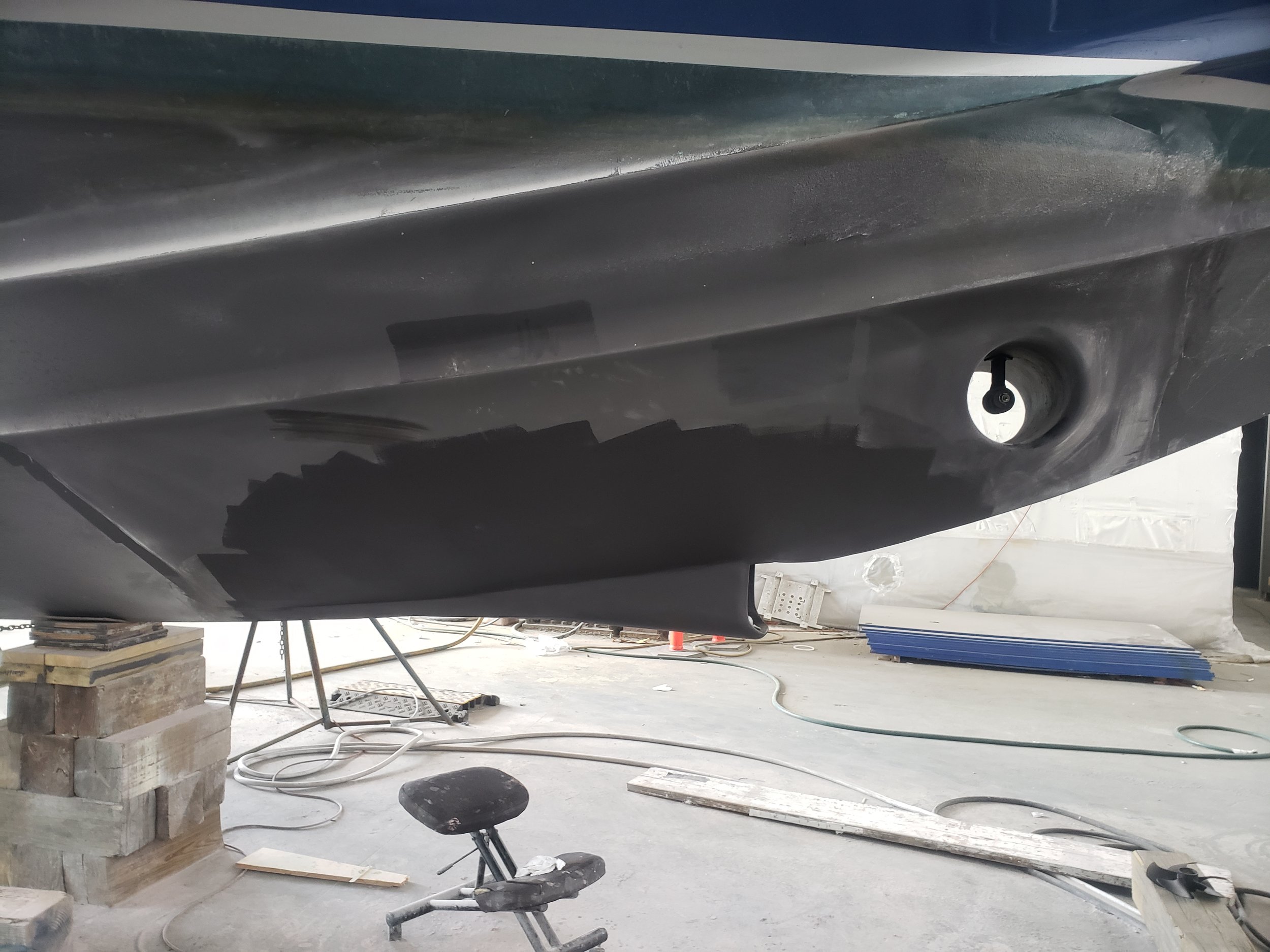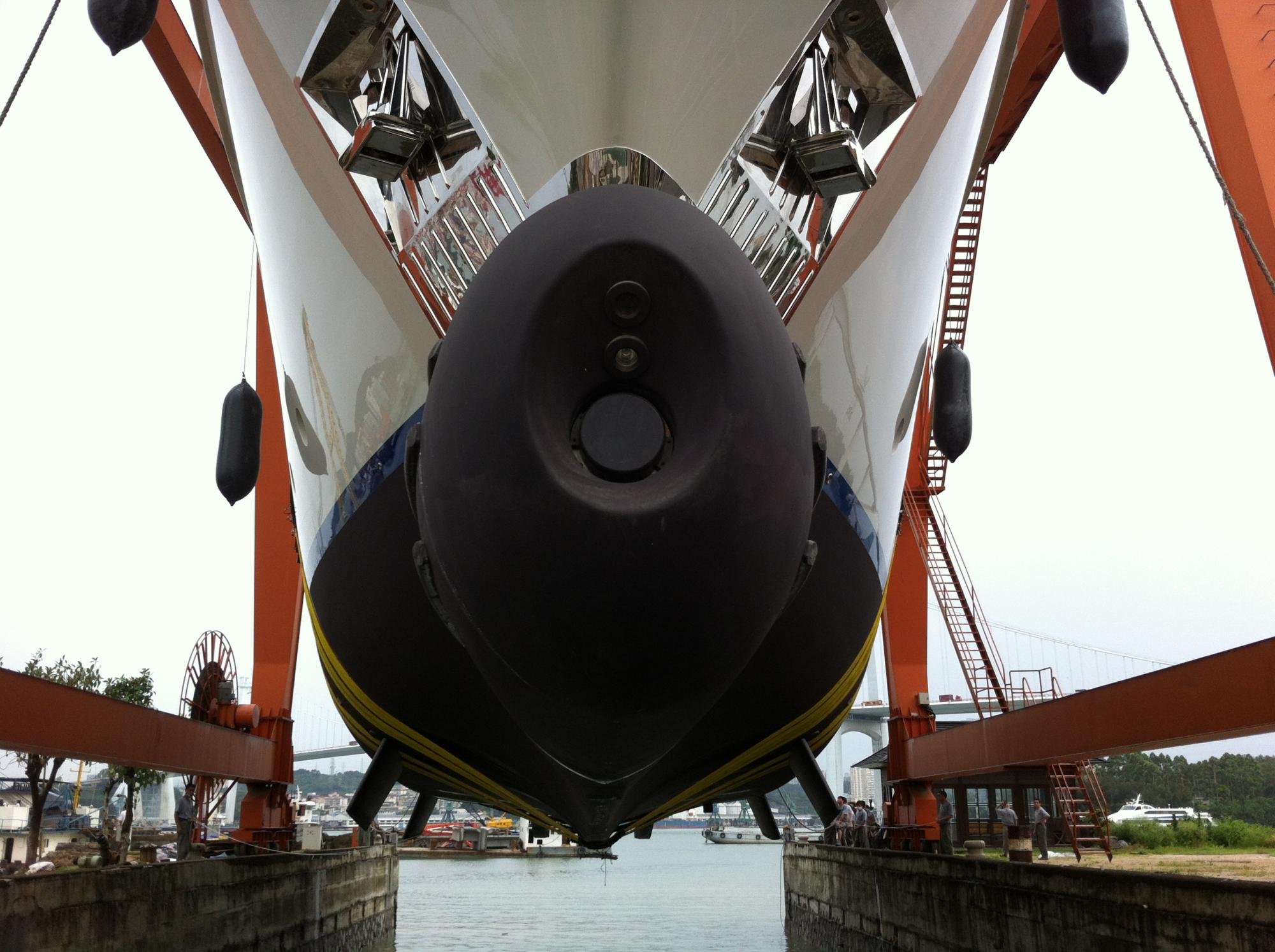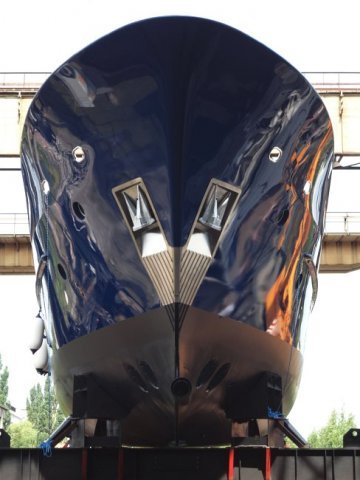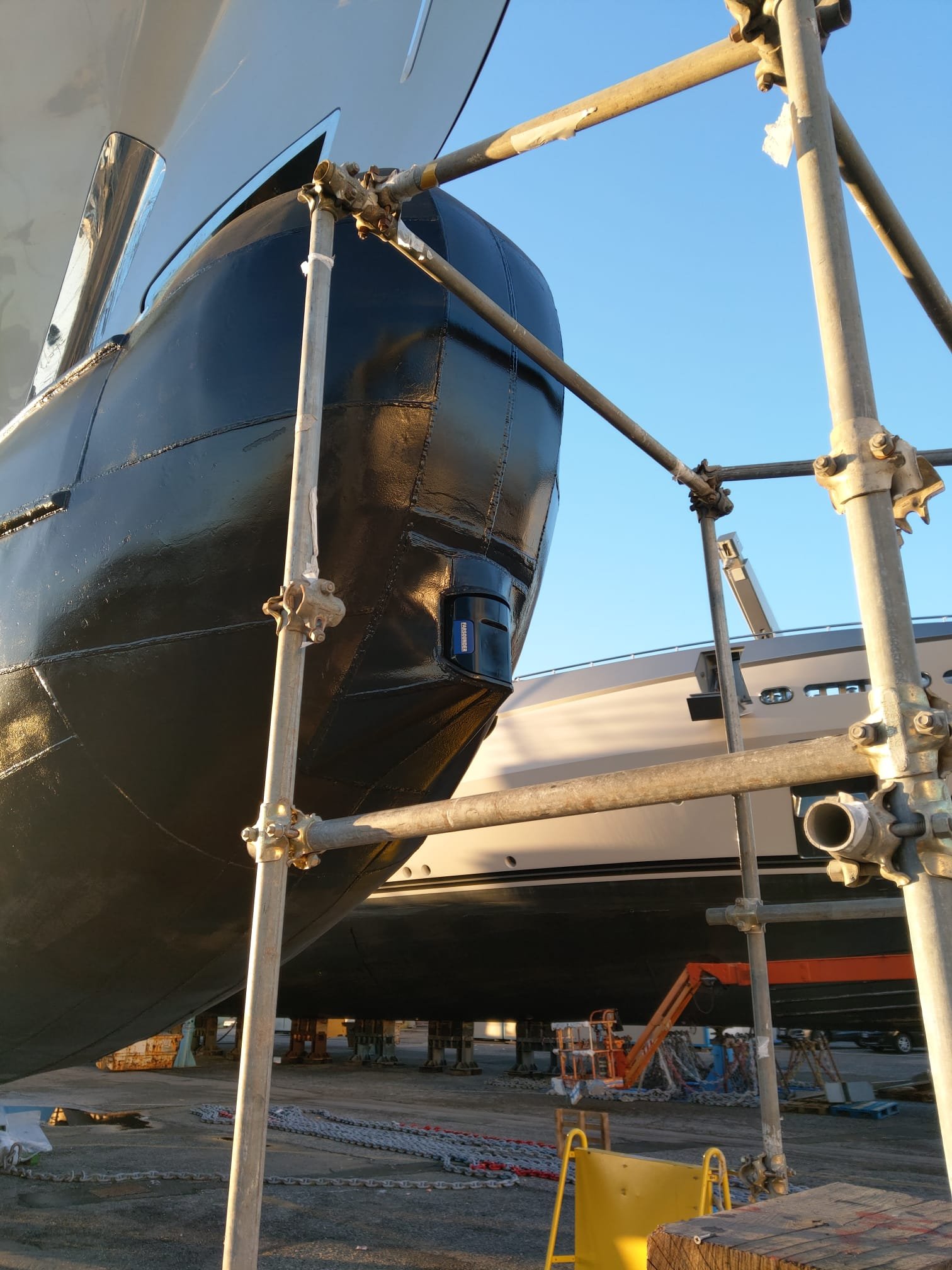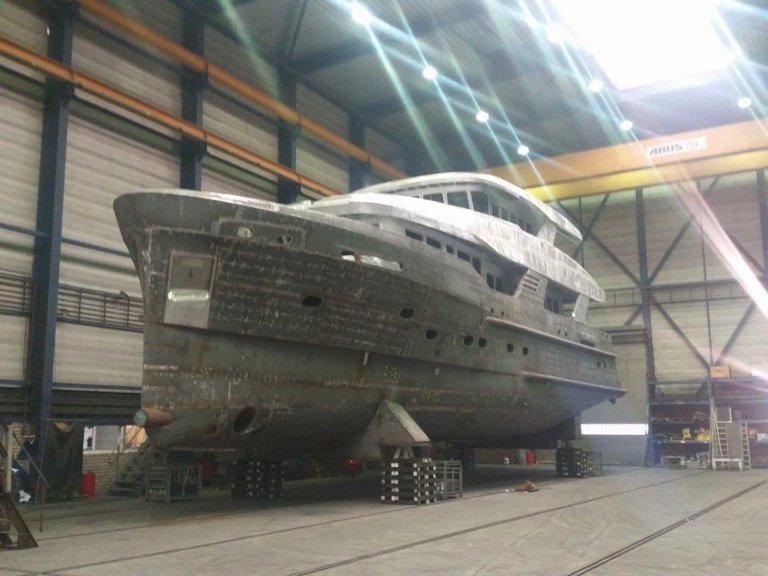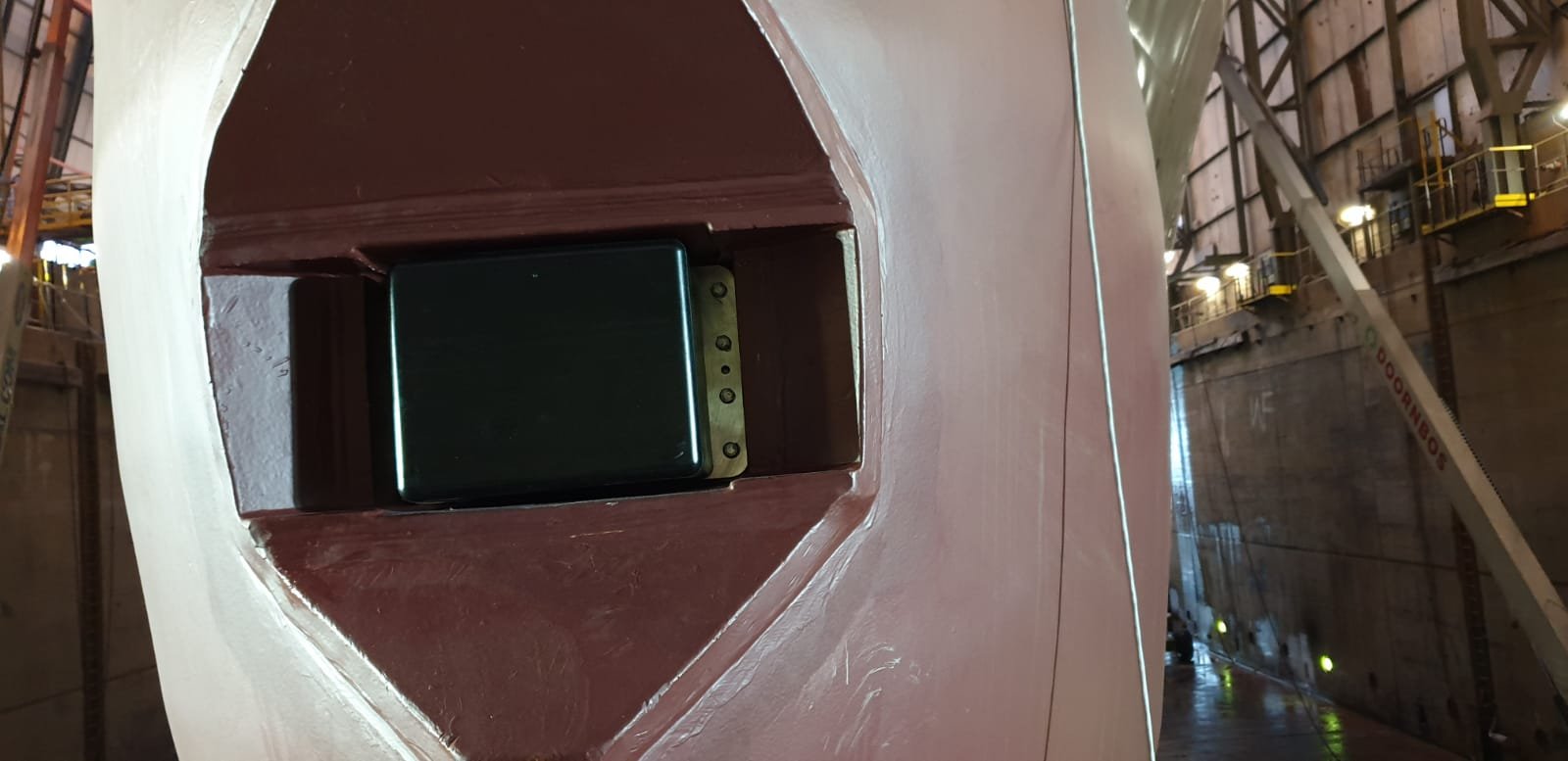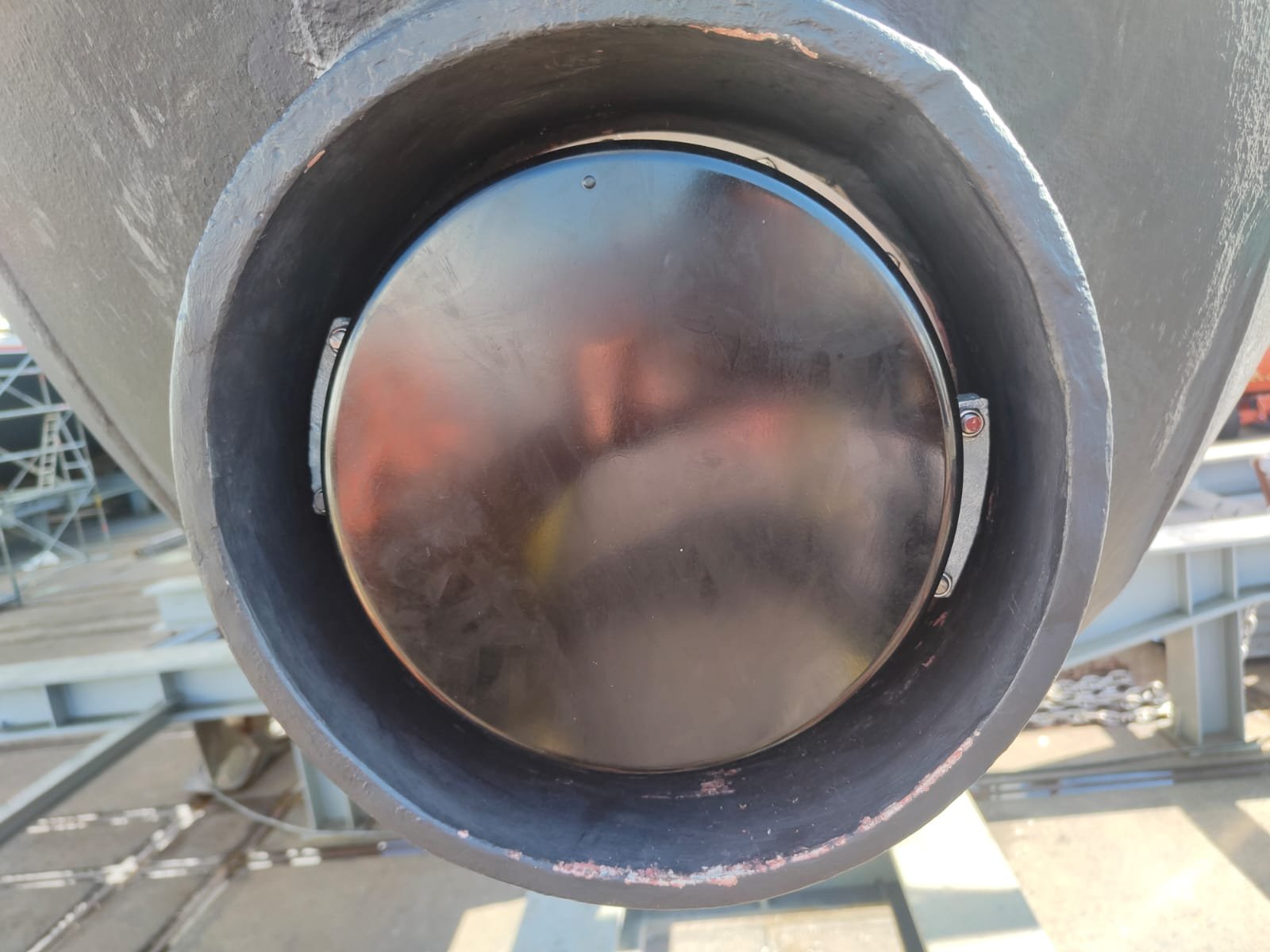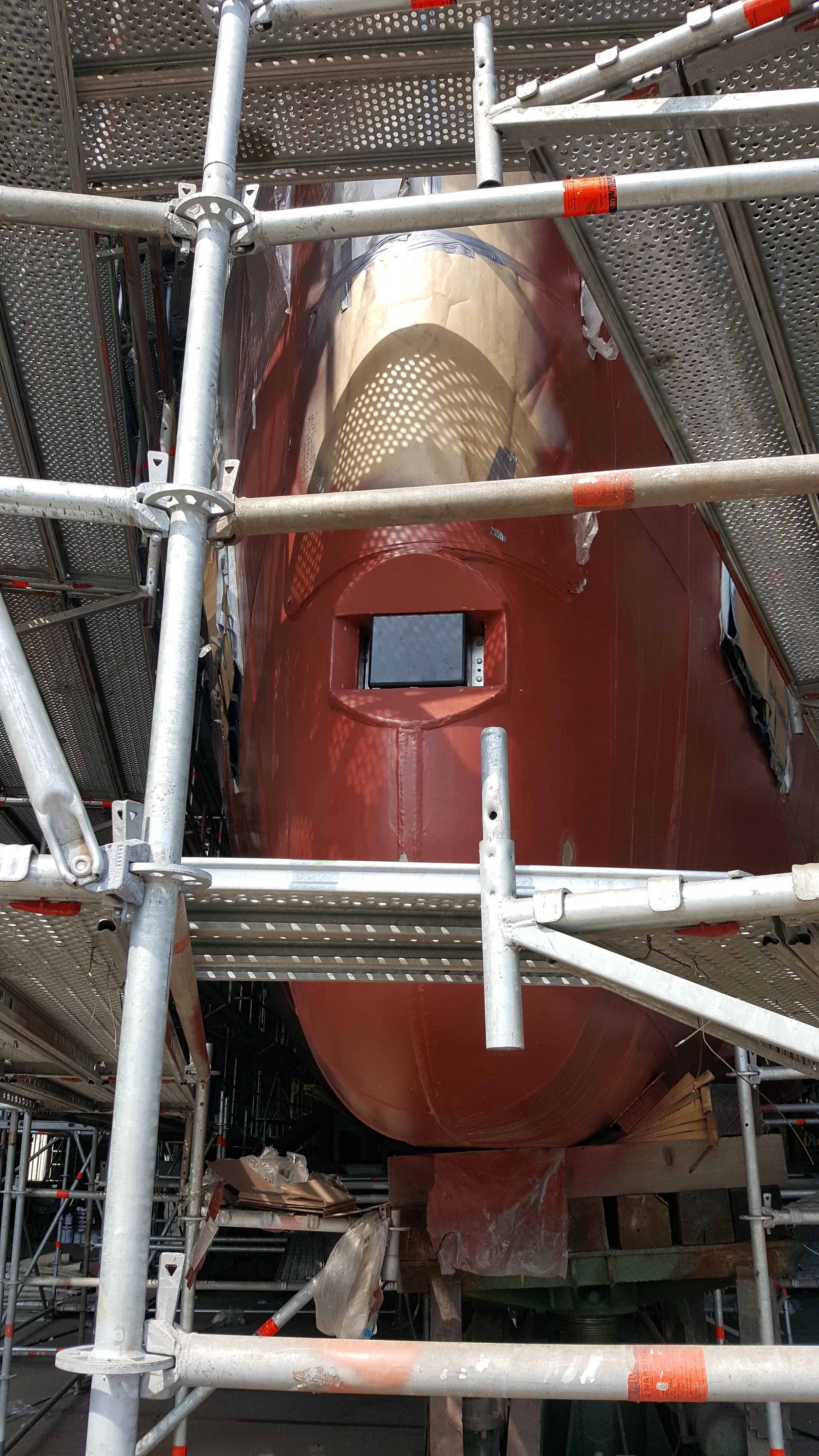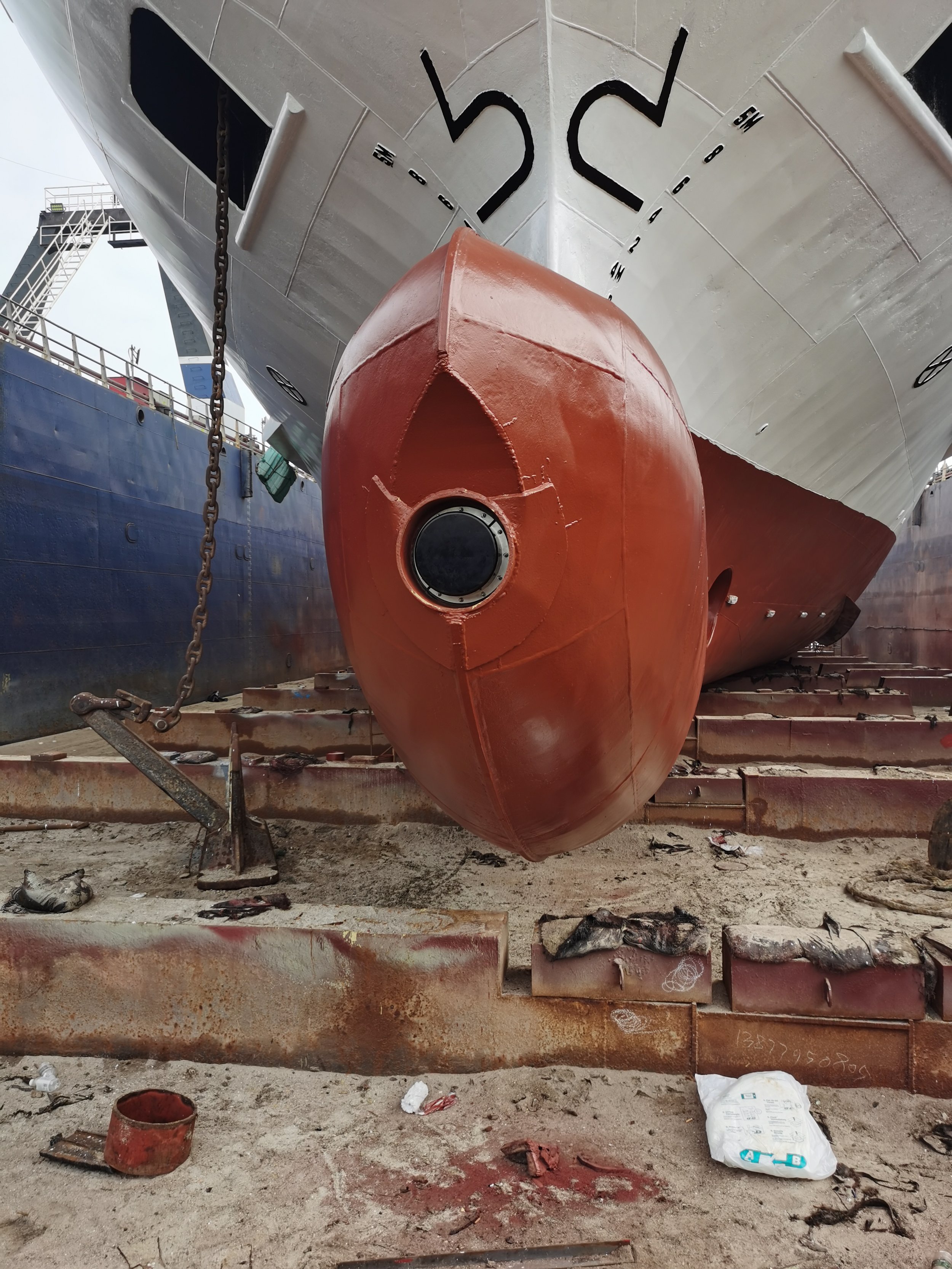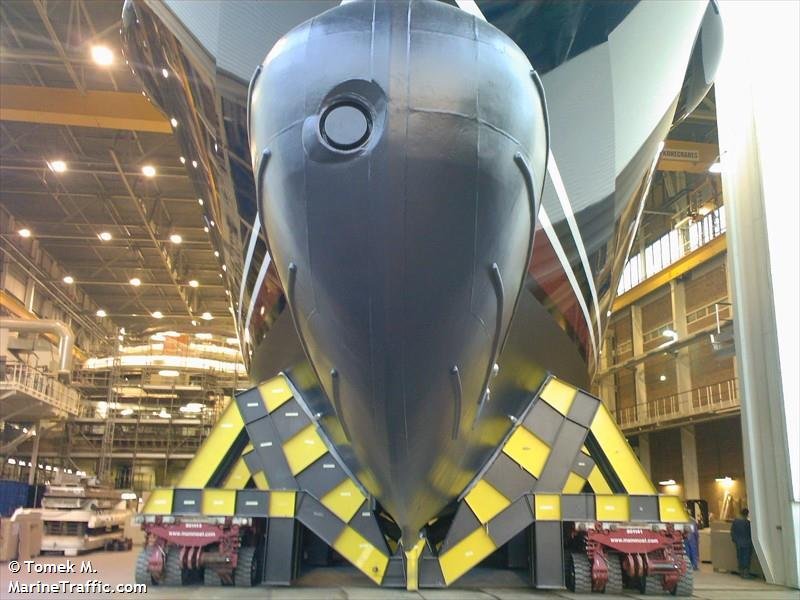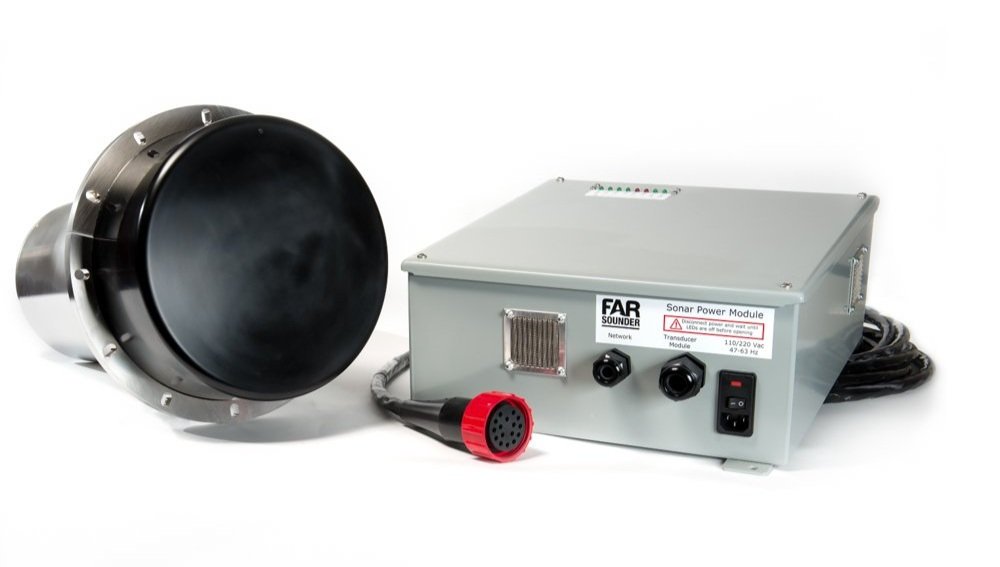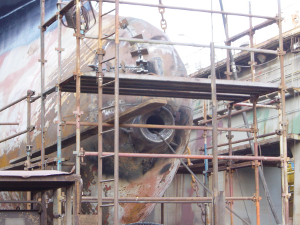
Installation
Installing one of FarSounder’s navigation sonars onboard your vessel is simple and straight forward. Most vessels, including ice classed explorers, install the sonar sensor using our fixed fairing installation design. An underwater, wet-mateable connector on the rear of the sonar sensor allows for easy installation or removal by diver.
Of course, some customers chose to use a hoist mechanism to deploy the sonar during operation and retract it for further protection while planing or breaking ice.
Design Guide
FarSounder’s Installation Design Guide and drawing packages provide all the necessary details for a naval architect or ship yard to design a simple, effective installation. Our documentation is based on real-world experience working with all classes of vessels.
Refits and New Builds
Argos Navigation sonars are suitable for both new build and refit projects. About 50% of FarSounder customers installed their sonar during a refit. Our Sonar Cable Advance Program makes it easy to integrate our sonars early in the project.
Complimentary Drawing Review
FarSounder’s engineering team offers complimentary review of installation drawings. Be sure to take advantage of our decades of experience to ensure your installation design will function perfectly.

Installation Gallery
Installation Related Tech Blogs
Like any other sonar system, the array face on a FarSounder Transducer Module can become fouled with marine growth. Keeping your Transducer Module’s array face clean from marine growth is important for optimal sonar performance. While simple cleaning methods can be used to remove growth, applying FoulFree to the urethane can significantly reduce the amount of fouling to be cleaned. This blog post covers the Do’s and Don’t of keeping your sonar clean of biofouling.
We offer advance delivery of our sonar connection cables at no charge for any qualified new build that includes a fairing for one of our sonars. In this way, it's easy for the owner's team to include the sonar system when they are selecting the rest of the navigation electronics.
Refitting your vessel with our Argos Forward Looking Sonar is relatively straightforward. Approximately 50% of our customer installations are refitted to older hulls. Even some of the New Builds installing Argos sonars have approached integration of our systems as a "refit" when our products have been added to the ship's specifications late in the build process.
With a well designed installation, FarSounder sonars have no need for a sonar dome. This blog posting summarizes why domes are sometimes used with other sonar technologies and why our products don’t require them.
The Argos 500 has the same mechanical footprint as our legacy FS-3DT product. It uses the same transducer array and stainless steel pressure case which means existing legacy FS-3DT users can easily upgrade their system to a Argos 500 for a fraction of the cost of a new Argos 500.
When considering one of our forward facing navigation or diver detection sonars, customers are often curious about the sonar's impact on the performance of their vessel. Most people are familiar with the general concepts of streamlining with reference to their car. Such effects when operating in air are described by the vehicle's aerodynamics. Similar effects as they relate to ships and boats traveling through water are called hydrodynamics. In this blog posting, we'll be discussing the general concepts that should be considered with evaluating the hydrodynamic impact of a particular installation.
For an end user new to FarSounder sonars, the idea of retrofitting a sonar into an existing hull can seem daunting. However, once the details are examined, the process is relatively straight forward. Approximately 50% of our customer installations are refits to older hulls. Even some of the New Builds that have our sonars have approached integration of our systems as a "refit" when our products have been added to the ship's specifications late in the build process. When beginning to consider one of our 3-dimensional forward looking navigation or diver detection sonar systems, potential customers are often concerned with the installation design process and any potential hydrodynamic impact on the hull. These are important questions to which we believe there are some simple answers. The purpose of this blog posting is to explain the basics of refitting a vessel for our 3-dimensional forward looking navigation and diver detection sonar systems.

